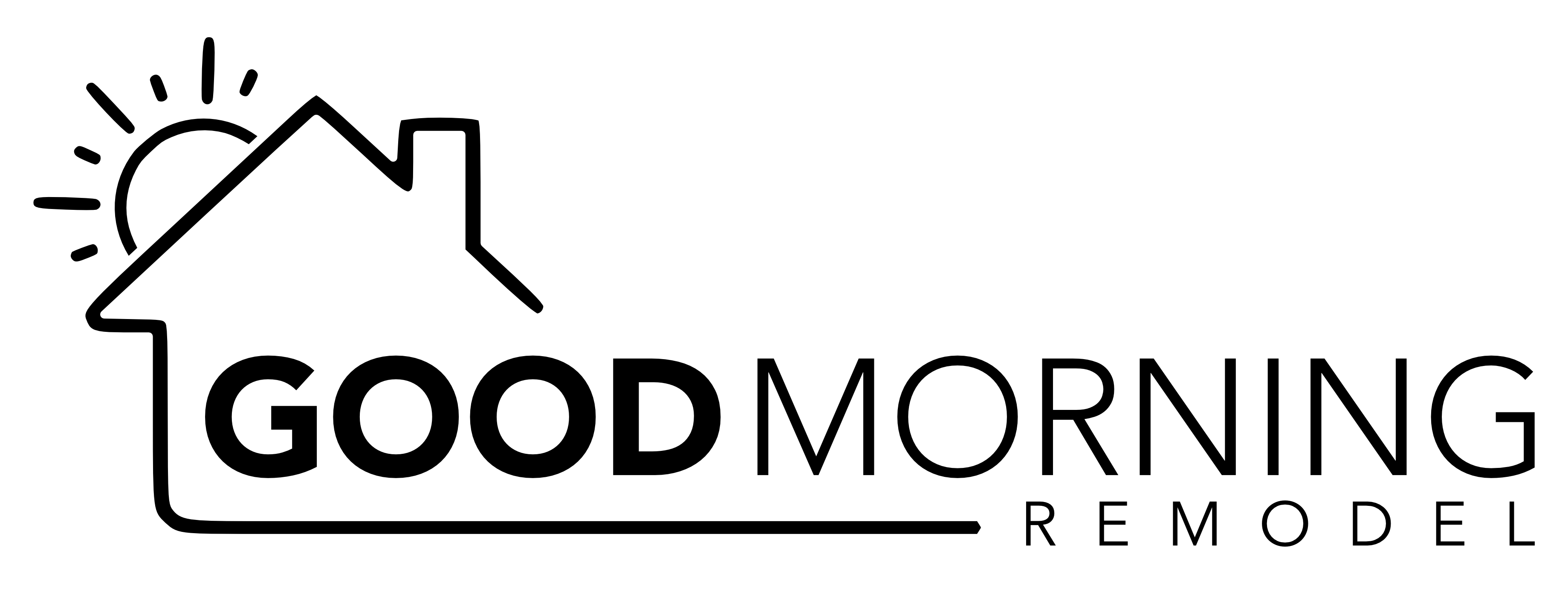Understanding Overhead in Business: A Strategic Imperative for Success
Sam Tidwell, CEO, Good Morning Remodel

In the world of business, the term “overhead” refers to the indirect expenses that are essential for the day-to-day operations of a company. Unlike direct costs, which can be directly linked to specific products or services, overhead costs are more generalized and can vary significantly depending on the company and its unique circumstances. Managing these costs effectively is crucial for the long-term sustainability and profitability of any business.
The Complexity of Overhead Costs
Overhead costs are not uniform; they can differ greatly from one business to another. Additionally, companies have various strategies to manage and even reduce their overhead costs. For example, some businesses might choose to issue manual checks instead of using direct deposit systems for paying employees, especially when dealing with independent contractors classified as employees for convenience. Others may opt to cut costs by forgoing certain types of insurance, such as workers’ compensation, or by working from home or their truck to cut out an office expense.
Here’s a comprehensive breakdown of common overhead costs that businesses, particularly in the construction industry, frequently encounter:
- Insurance Essentials:
- Workers’ compensation
- General liability
- Commercial property insurance
- Trailer and tool insurance
- Disability coverage
- Professional Obligations:
- Continuing education programs
- Licensing fees and Certification Programs
- Professional License
- Lead Paint Remodeling
- Asbestos Certification
- Energy Efficiency Certification
- Infrastructure and Facilities:
- Purchase and maintenance of tools and equipment
- Participation in industry councils and committees
- Office space maintenance and utilities (electricity, water, gas, internet, phone services)
- Transportation and Logistics:
- Fuel and maintenance for fleet vehicles
- Regular upkeep of trucks and trailers
- Storage solutions for trailers
- Marketing and Operational Support:
- Advertising and marketing campaigns
- Website maintenance for an active online presence
- CRM (Customer Relationship Management) systems for enhanced client interaction
- Technological Investments:
- Acquisition of scheduling, accounting, and estimating software
- Office Management Essentials:
- Document management and record-keeping systems
- Organization and maintenance of tools and materials
- Financial Management:
- Accounting procedures for tax obligations
- Financial management tools for business planning
- Sales and estimating processes
The Necessity of Markup
Given the extensive nature of overhead costs, particularly in the construction industry, it is essential for businesses to factor these into their pricing strategies. To cover these costs, a markup is generally applied to both labor and material expenses. Although some clients might balk at this, viewing it as excessive, it is crucial for ensuring the company can cover all overhead expenses while maintaining operational efficiency.
The Reality of Business Sustainability
The harsh reality is that many construction businesses struggle to survive beyond five years, and even fewer generate enough profit to facilitate growth. The traditional margin of 10-20% is increasingly insufficient in today’s fast-paced economic environment. This is why a correctly calculated margin isn’t just a financial necessity; it’s a strategic imperative that allows businesses to navigate the complexities of the industry, ensuring they remain viable and capable of growth as well as competitive in the long term.


